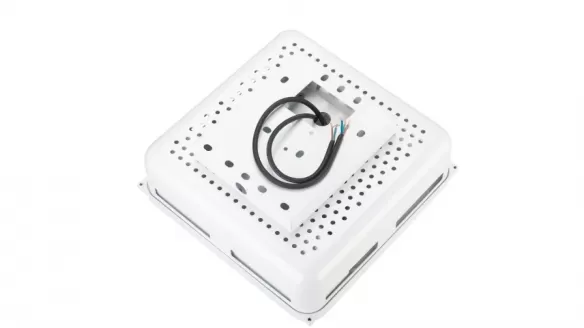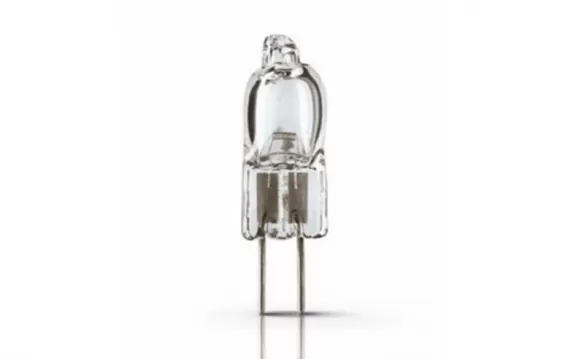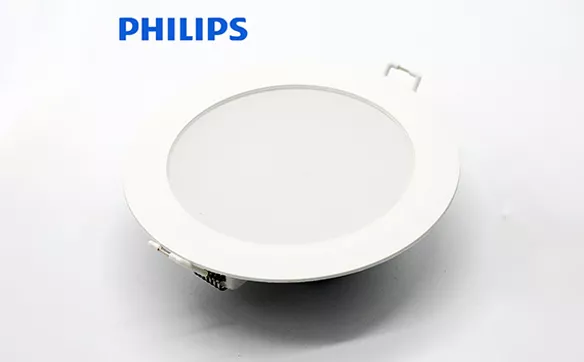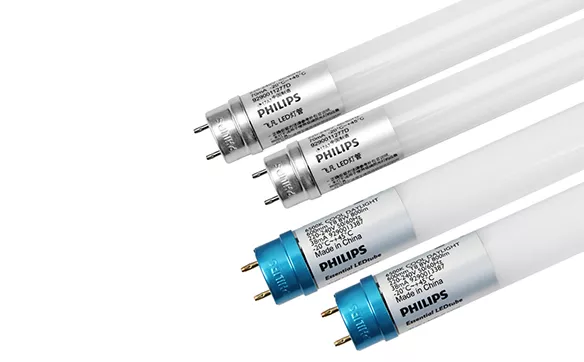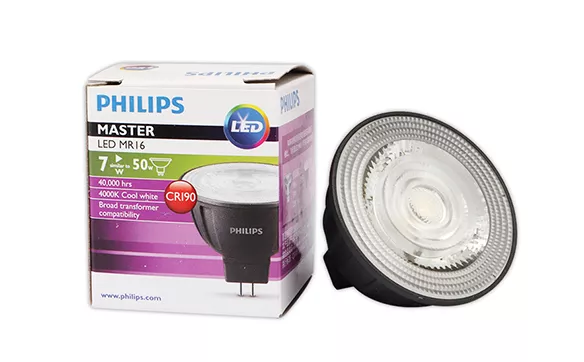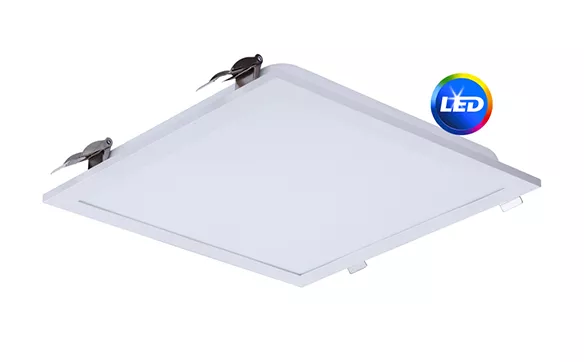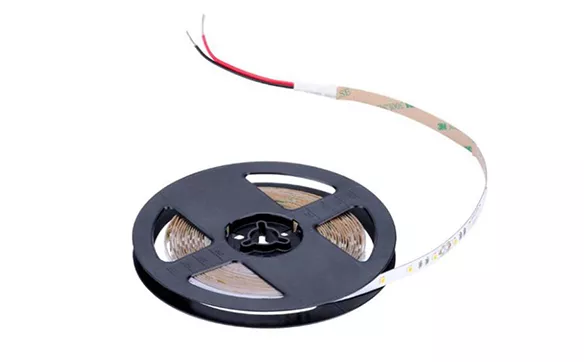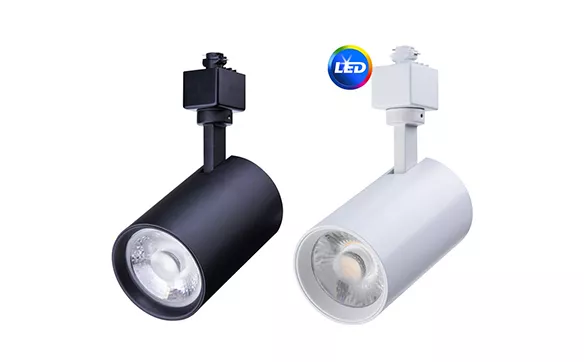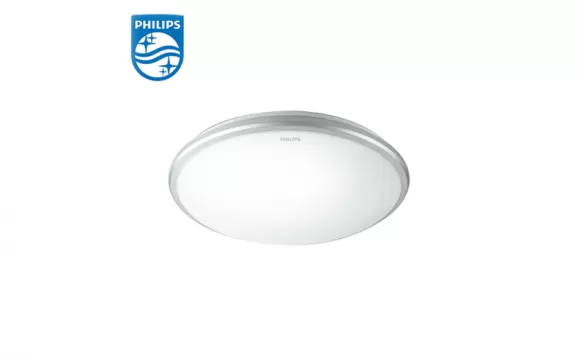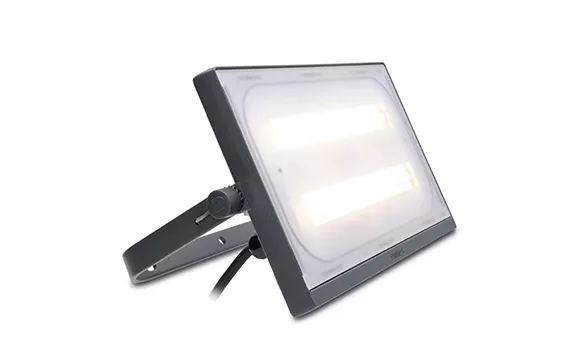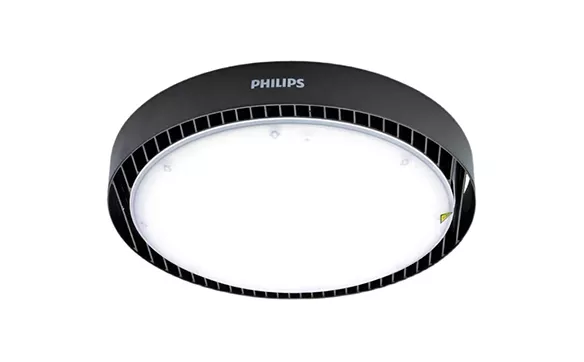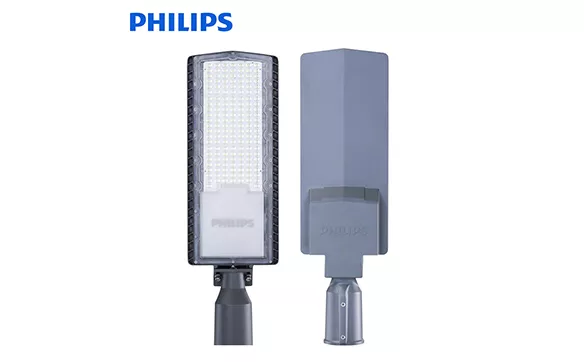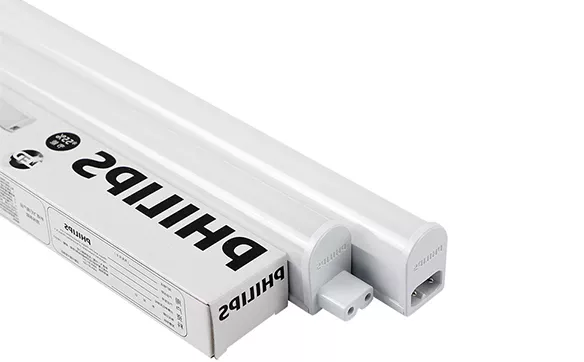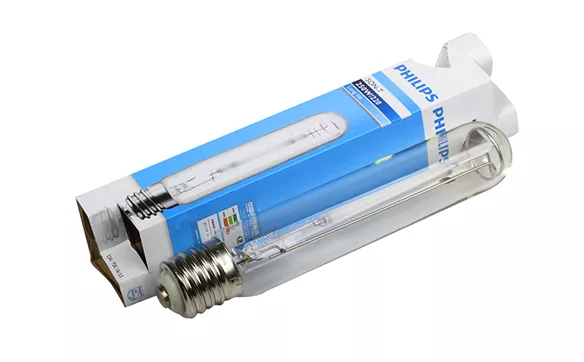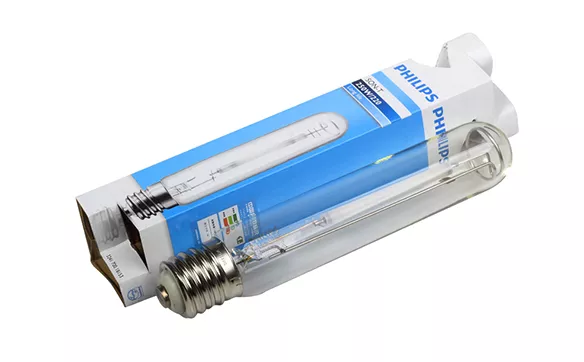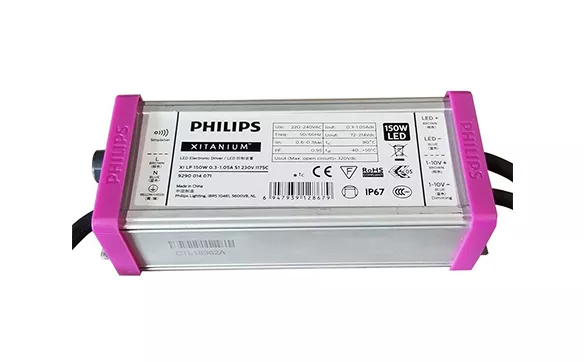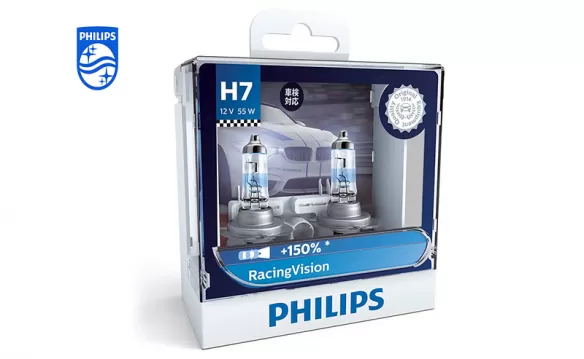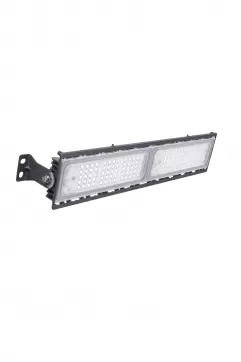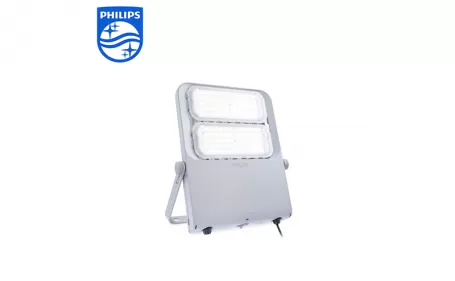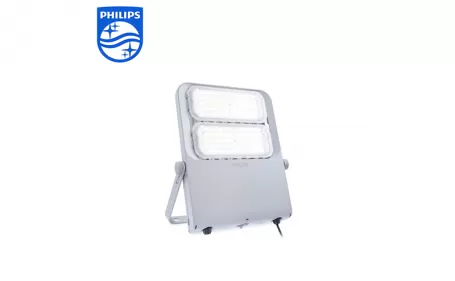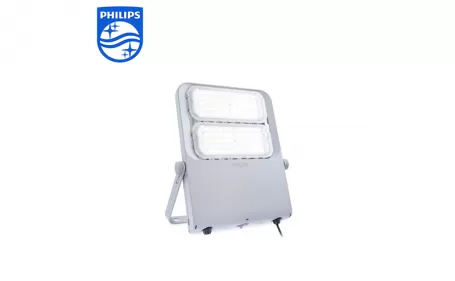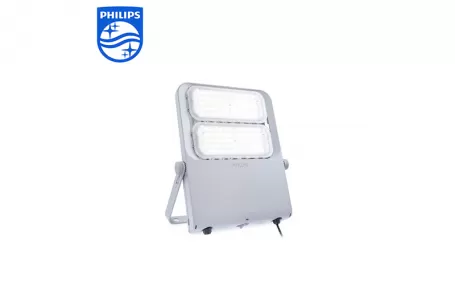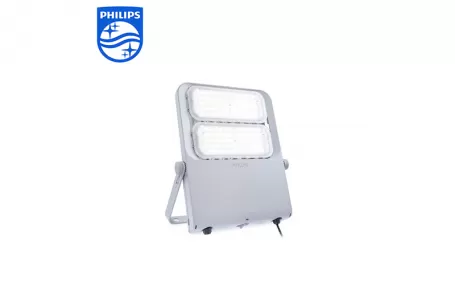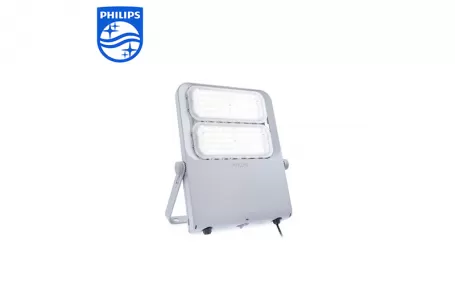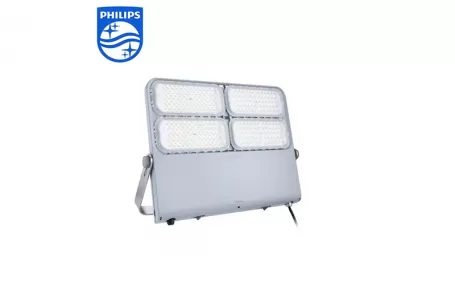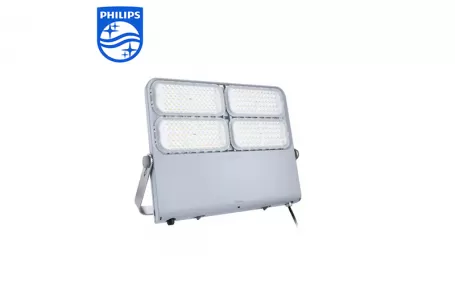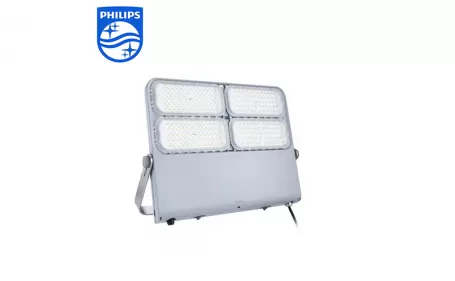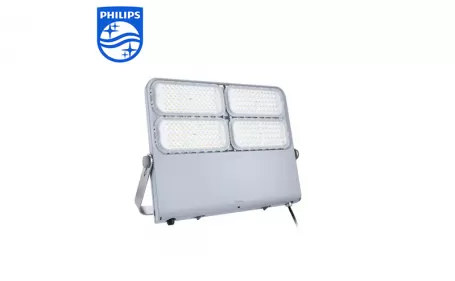Ever wondered why some light bulbs outlast others by years? Philips LED bulbs offer a compelling answer, standing out in the lighting industry for their exceptional durability.
What makes Philips LEDs so reliable is a combination of cutting-edge technology and premium materials. Unlike incandescent or CFL bulbs, Philips LEDs contain no fragile components, emit minimal heat, and are subjected to rigorous quality testing—enabling them to last anywhere from 25,000 to 50,000 hours.
While these basic factors explain their impressive longevity, there’s much more behind the durability of Philips LED bulbs. Let’s take a closer look at what truly sets them apart from conventional lighting solutions.
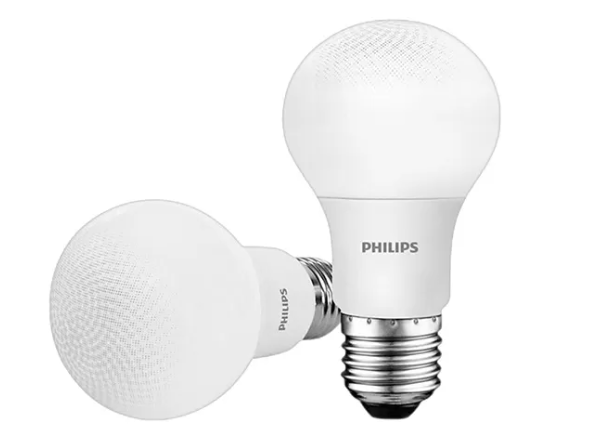
How Do Philips LED Bulbs Compare to Traditional Lighting?
Philips LED bulbs significantly outperform traditional incandescent and CFL bulbs in terms of lifespan, energy efficiency, and overall cost savings. They last longer, consume less energy, and reduce the need for frequent replacements—offering a smarter, more sustainable lighting solution.
Energy Efficiency at a Glance
A key advantage of Philips LED bulbs is their superior energy efficiency. While traditional incandescent bulbs convert only about 10% of energy into light—the rest being lost as heat—Philips LEDs are engineered to maximize light output with minimal energy waste.
For example, where an incandescent bulb might consume 60 watts to deliver a certain brightness, a Philips LED can achieve the same illumination using just 9 watts. This remarkable efficiency not only lowers electricity costs but also supports a more eco-friendly lifestyle, making Philips LEDs an ideal choice for energy-conscious users.
Longevity and Durability
Philips LED bulbs offer an impressive lifespan of 25,000 to 50,000 hours, far surpassing traditional lighting options. In comparison, incandescent bulbs typically last about 1,000 hours, while CFLs average around 10,000 hours.
This remarkable durability is due to their solid-state design, which eliminates fragile filaments and glass tubes prone to breakage. Additionally, their low heat emission minimizes the risk of overheating, ensuring reliable and consistent performance over time.
Environmental Impact
Choosing Philips LED bulbs also delivers notable environmental advantages. Their reduced energy consumption and extended lifespan result in lower carbon emissions compared to conventional bulbs. Moreover, unlike CFLs, Philips LEDs contain no mercury, making them safer to dispose of and reducing the potential for environmental contamination.
Comparing Philips LED Bulbs with Traditional Lighting
Feature | Philips LED Bulbs | Incandescent Bulbs | CFL Bulbs |
Average Lifespan | 25,000–50,000 hours | 1,000 hours | 10,000 hours |
Energy Consumption | ~9 watts (for similar output) | 60 watts | 13-15 watts |
Heat Emission | Low | High | Moderate |
Environmental Safety | No mercury | No mercury | Contains mercury |
When comparing Philips LED bulbs to traditional lighting options such as incandescent and CFL bulbs, it is clear that Philips LEDs deliver superior efficiency, longer lifespan, and a more positive environmental impact.
What Advanced Technologies Are Used in Philips LED Bulbs?
Philips LED bulbs showcase cutting-edge engineering through the integration of advanced technologies designed to enhance performance, energy efficiency, and durability.
Innovations in Thermal Management
Effective thermal management is vital for prolonging LED lifespan. Philips employs advanced heat sinks and high-quality materials to efficiently dissipate heat, preventing overheating and ensuring the bulbs maintain consistent performance over time.
Advanced Optics for Superior Light Distribution
Equipped with state-of-the-art optics, Philips LED bulbs precisely control light direction and intensity. This technology delivers uniform illumination with reduced glare, making these bulbs versatile for a wide range of environments—from residential spaces to industrial applications.
Feature | Benefit |
Uniform Light | Reduces eye strain and enhances ambiance |
Reduced Glare | Improves comfort in work environments |
Smart Driver Electronics
Philips LED bulbs feature advanced driver electronics that do more than just supply power—they optimize energy use and enhance performance. These drivers support dimming functions and smart home system compatibility, giving users greater control over their lighting.
Enhanced Materials for Durability
Built with high-quality, durable materials, Philips LEDs are far more robust than traditional bulbs with fragile filaments or glass tubes. This durability makes them well-suited for both residential and commercial applications.
Together, these technologies extend the lifespan of Philips LED bulbs while ensuring energy efficiency and exceptional light quality, solidifying Philips’ position as a leader in the LED lighting industry.
How Does Heat Management Enhance the Longevity of Philips LEDs?
Effective heat management is essential for extending the life of Philips LED bulbs by preventing overheating and ensuring stable, long-lasting performance.
Understanding LED Heat Dynamics
Although LEDs produce less heat than traditional bulbs, managing this heat is critical to avoid performance decline and premature failure. Excess heat can damage internal components, reducing efficiency and lifespan.
The Role of Heat Sinks
Philips incorporates advanced heat sinks—typically made from aluminum—that absorb and disperse excess heat by maximizing surface area for cooling. This prevents overheating and helps maintain the bulb’s integrity and function.
Innovative Material Usage
In addition to heat sinks, Philips uses specialized materials that efficiently conduct heat away from sensitive components. This protects electronics, preserves consistent light output and color quality, and prevents hotspots that accelerate aging.
Testing for Thermal Efficiency
Philips subjects its LEDs to rigorous thermal testing under various conditions to ensure their heat management systems perform reliably, even in challenging environments.
Comparative Advantage
Philips’ commitment to superior thermal design and materials sets it apart from other brands, delivering LEDs that maintain consistent brightness, energy efficiency, and durability—making them a trusted choice for both residential and commercial lighting needs.
Why Are Philips LED Bulbs Considered Cost-Effective Over Time?
Philips LED bulbs deliver significant long-term savings through their exceptional lifespan, energy efficiency, and reduced maintenance costs, making them more economical than traditional lighting options.
Longevity and Replacement Costs
With a lifespan of 25,000 to 50,000 hours, Philips LEDs far outlast incandescent and CFL bulbs. While an incandescent bulb may need replacing 25 times and a CFL about 5 times over the same period, a single Philips LED can last just as long—reducing replacement frequency, costs, and environmental impact.
Energy Efficiency and Savings
Philips LEDs consume up to 80% less energy by converting more electricity into light rather than heat. For example, replacing a 60-watt incandescent bulb with a 10-watt Philips LED can save approximately $75 in energy costs over its lifetime.
Maintenance and Environmental Benefits
Fewer replacements mean lower maintenance costs for businesses and less inconvenience for homeowners. Additionally, Philips LEDs contain no hazardous materials like mercury, simplifying disposal and supporting eco-friendly practices.
Technological Advancements
Incorporating innovations such as enhanced heat dissipation and adaptive light spectrum technology, Philips LEDs offer improved reliability and extended lifespan, further increasing their value and cost-effectiveness.

